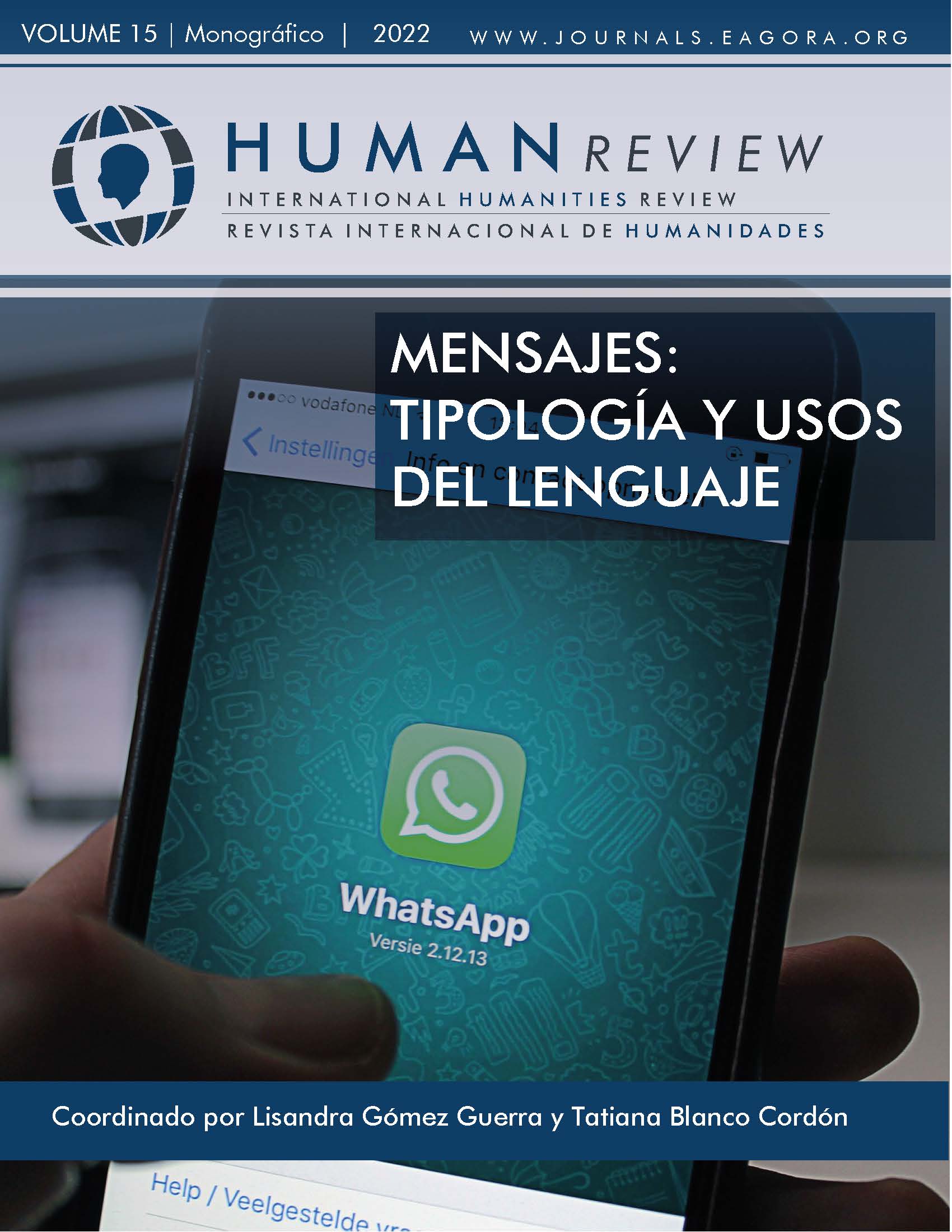Symbolic interpretation of sea songs and shanties in sea travel writing
A myth-analytical approach
DOI:
https://doi.org/10.37467/revhuman.v11.4193Palavras-chave:
Travel Writing, Sea narratives, Sea songs, Myths, Symbols, Literature in English, English LanguageResumo
Travel writing is characterized by a narrative discourse that describes landscapes, transforms adventure into a mythical journey and reveals the fears of humankind. The sea gathers momentum when the protagonists overcome the fear of death. However, the significance of the tune of sea songs has not been adequately highlighted, being relegated as side special effects that embellish the narration. The aim of this paper is to analyze the symbolical element of the songs to foreground its function in sea travel writing in the English and American fiction from the 18th to the 21st century accounts, and their symbolic implication.
Referências
Alden, W. (July 1882). Sailors’ Songs. Harper’s New Monthy Magazine, 281.
Brown, A. (1996: 49). A Guide for the Perplexed: Translations of all non English Phrases in Patrick´s O’Brien’s Sea Tales. London: Adb Books.
Chatwin, B. (1977:150). In Patagonia. New York: Summit Books.
Danchin, F. (1928). Songs of the Sea. Les Langes Modernes, XXVI, 314-324.
Dicken Canon, A. (1964). Melville’s Use of Sea Ballads and Songs. Western Folklore, Vol. 23, N.1, 1-16.
Durand, G. (1960). Les structures anthropologiques de l’imaginaire: introduction à l’archétypologie générale. Paris: Bordas.
Edward, G. (1923). Seven Years of a Sailor’s Life. New Haven: Nabu Press.
Hugill, S. (1961). Shanties from the Seven Seas. London: Routledge & Kegan.
Kipling, R. (1899:18-25). The Works of Rudyard Kiplin: The Seven Seas. New York: APPLETON AND COMPANY.
Melville, H. (1847:151). Omoo:A Narrative of Adventures in the South Seas. London: John Murray.
Melville, H. (1849: Ch.9). Redburn: His First Voyage. London: Richard Bentley.
O’Brien, P. (1970). Master And Commander. New York: William Reese.
O’Brien, P. (1989). The Thirteen Gun Salute. Livepool: W. W. Norton & Company.
O’Connor, J. (2003:157). The Star of the Sea. London: Secker and Warburg.
Runciman, T. (1921). The Shanty Book. London: J. Curwen & Sons Ltd.
Smith, S. (2001:15). Channel Crossing: One Man’s Voyage Around And Across the English Channel: One Man’s Voyage Across and Around the English Channel. London: Hamish Hamilton.
Stevenson, R. (1883:1). Treasure Island. London: The People’s Library.
Trelawny, E. (1897). Adventures of a Younger Son. London: Kessinger Publishing.
Youngs, T. (2006). Travel Writing in the 19th century: Filling the Blank Spaces. London: Anthem Press.
Downloads
Publicado
Como Citar
Edição
Seção
Licença
Os autores/as que publicam nesta revista concordam com os seguintes termos:
- Os autores/as terão os direitos morais do trabalho e cederão para a revista os direitos comerciais.
- Um ano após a sua publicação, a versão do editor estará em acesso aberto no site da editora, mas a revista manterá o copyright da obra.
- No caso dos autores desejarem asignar uma licença aberta Creative Commons (CC), poderão a solicitar escrevendo a publishing@eagora.org.









